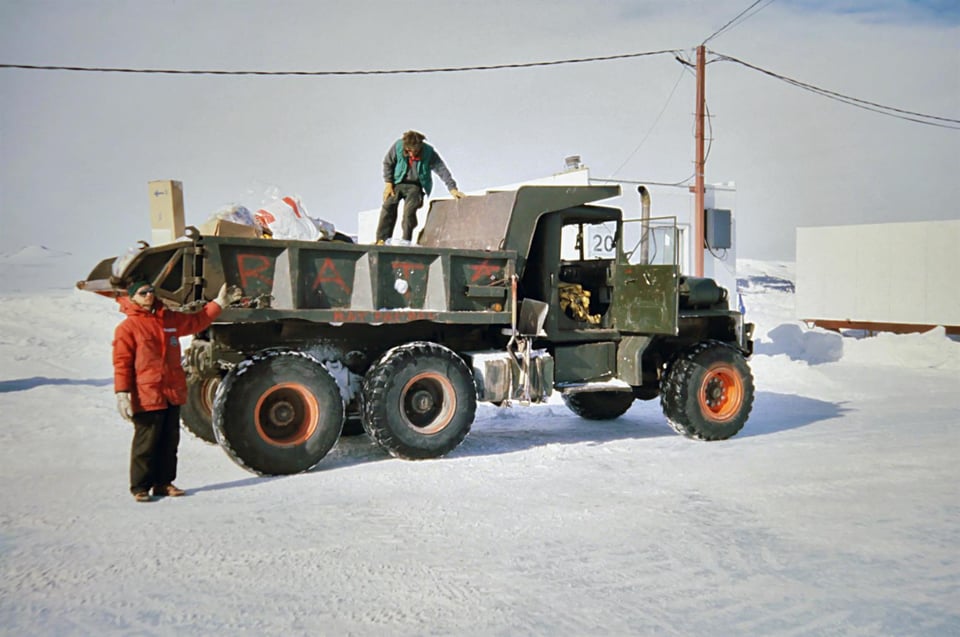Trash

The switch is complete, but the process wasn't interesting or satisfying. Not much joy to be found in price-comparison shopping for tech platforms...
The move did prompt me to consider a question as profound as it is simple: what should I keep? I wasn't about to delete the archive of a newsletter about archives! But my hypothetical resonated.
I worked in Antarctica for a short stint last year to document scientific fieldwork. I expected the heavy backpacks loaded with camera gear. Planned for them. But the trash was the surprise. Our small team carried what we found, as guided by the continent's Protocol on Environmental Protection. A yellow fishing buoy bigger than a basketball, a frayed and falling apart running shoe, a fluorescent piece of plastic smaller than a gum wrapper.
We left the rusted saw atop the rocks at the shoreline. Same for the metal barrel on the hillside.
The legacies of whaling and exploration, along with modern science operations and tourism, have produced another simple question: at what moment in time does garbage become a historical object? What to remove? What to let linger?
The archival answer lies somewhere in the mathematics of scarcity. If we make a trillion photos in a year, a few thousand constitute a rounding error. Easy to toss. The same number from 1860 hold considerably more value.
Waving at all the garbage collectors out there.
**
This newsletter was written on the traditional lands of the Piscataway and Nacotchtank.